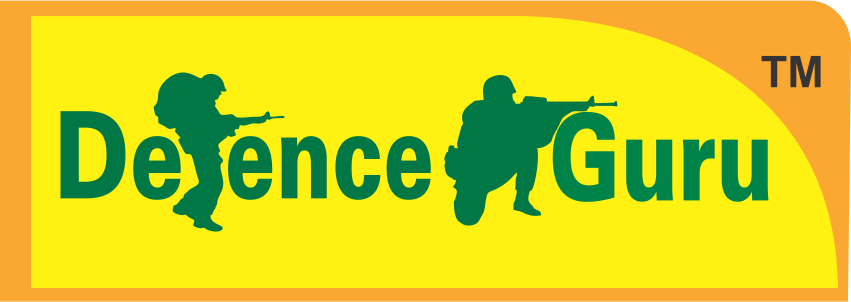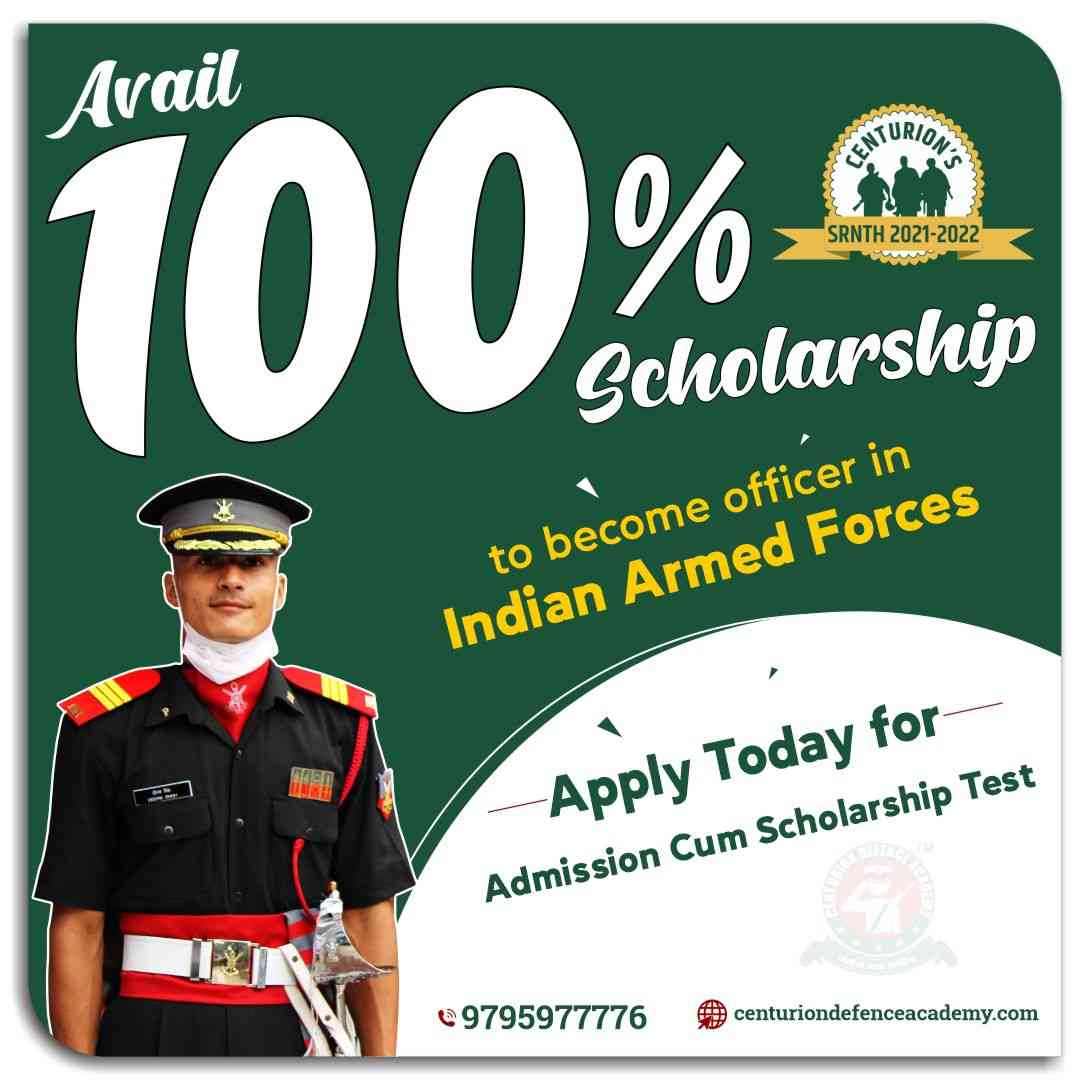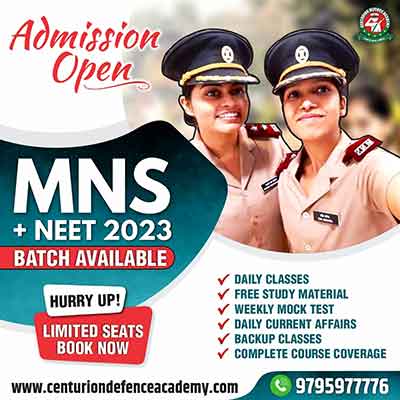UPSC CDS Exam Syllabus Details
The competitive examination comprises of written examination and Interview for intelligence & personality test. Union Public Service Commission (UPSC) conducts Combined Defence Services (CDS) Examination for recruitment of various vacancies under Indian Military Academy, Indian Naval Academy, Air Force Academy and Officers Training Academy.
UPSC CDS Exam Syllabus Details 2018
The CDS Exam Syllabus Details is given below. The papers in all the subjects consist of objective type questions only. Syllabus will be designed to test the candidates understanding of English, Maths & GENERAL KNOWLEDGE.
Syllabus of CDS Entrance Exam
PAPER – 1: English Syllabus
The question paper will be designed to test the candidates’ understanding of English and workmanlike use of words.
ENGLISH SYLLABUS TOPICS OF CDS EXAM:-
- Spotting Errors Questions
- Sentence Arrangement Questions
- Synonyms & Antonyms
- Selecting Words
- Ordering of Sentence
- Comprehension Questions
- Ordering of words in a sentence
- Fill in the blanks questions etc.
PAPER – 2: GENERAL KNOWLEDGE Syllabus
General Knowledge including knowledge of current events and of such matters of everyday observation and experience in their scientific aspects as may be expected of an educated person who has not made a special study of any scientific subject. The Paper will also include questions on History of India and Geography of a nature which Candidate should be able to answer without special study.
- Latest Current Affairs
- Indian Constitution
- Indian History
- Indian Economy
- Indian Geography
- Indian Politics
- Indian Navy & Military
- Religions
- Banking Sector
- Universities
- Books & Authors
- Taxation
- Sports – Awards etc.
PAPER – 3: ELEMENTARY MATHEMATICS Syllabus
Arithmetic
Number System - Natural numbers, Integers, Rational and Real numbers. Fundamental operations addition, subtraction, multiplication, division, Square roots, Decimal fractions.
Unitary Method - time and distance, time and work, percentages, applications to simple and compound interest, profit and loss, ratio and proportion, variation.
Elementary Number Theory- Division algorithm. Prime and composite numbers. Tests of divisibility by 2, 3,4,5,9 and 11. Multiples and factors. Factorisation Theorem. H.C.F. and L.C.M. Euclidean algorithm, Logarithms to base 10, laws of logarithms, use of logarithmic tables.
ALGEBRA
Basic Operations, simple factors, Remainder Theorem, H.C.F., L.C.M. Theory of polynomials, Solutions of quadratic equations, relation between its roots and coefficients (Only real roots to be considered). Simultaneous linear equations in two unknowns-analytical and graphical solutions. Simultaneous linear in equations in two variables and their solutions. Practical problems leading to two simultaneous linear equations or in equations in two Variables or quadratic equations in one variable & their solutions. Set language and set notation, rational expressions and conditional identities, Laws of indices.
TRIGONOMETRY
Sine x, cosine x, Tangent x when 0 ?x ?90 Values of sin x, cos x and tan x, for x = 0, 30, 45, 60 and 90
Simple trigonometric identities.
Use of trigonometric tables.
Simple cases of heights and distances.
GEOMETRY
Lines and angles, Plane and plane figures, Theorems on (i) Properties of angles at a Point(ii) Parallel lines, (iii) Sides and angles of a triangle, (iv) Congruency of triangles, (v) Similar triangles, (vi) Concurrence of medians and altitudes, (vii) Properties of angles, sides and diagonals of a parallelogram, rectangle and square (viii) Circles and its properties including tangents and normal, (ix) Loci.
Â
MENSURATION
Areas of squares, rectangles, parallelograms, triangle and circle. Areas of figures which Can be split up into these figures (Field Book), Surface area and volume of cuboids, lateral surface and volume of right circular cones and cylinders, surface area and Volume of spheres.
STATISTICS
Collection and tabulation of statistical data, Graphical representation, frequency Polygons, histograms, bar charts, pie charts etc. Measures of central tendency.
4. Intelligence and Personality Test
The SSB procedure consists of two stage selection process - stage I and stage II. Only those candidates who clear the stage I are permitted to appear for stage II.






